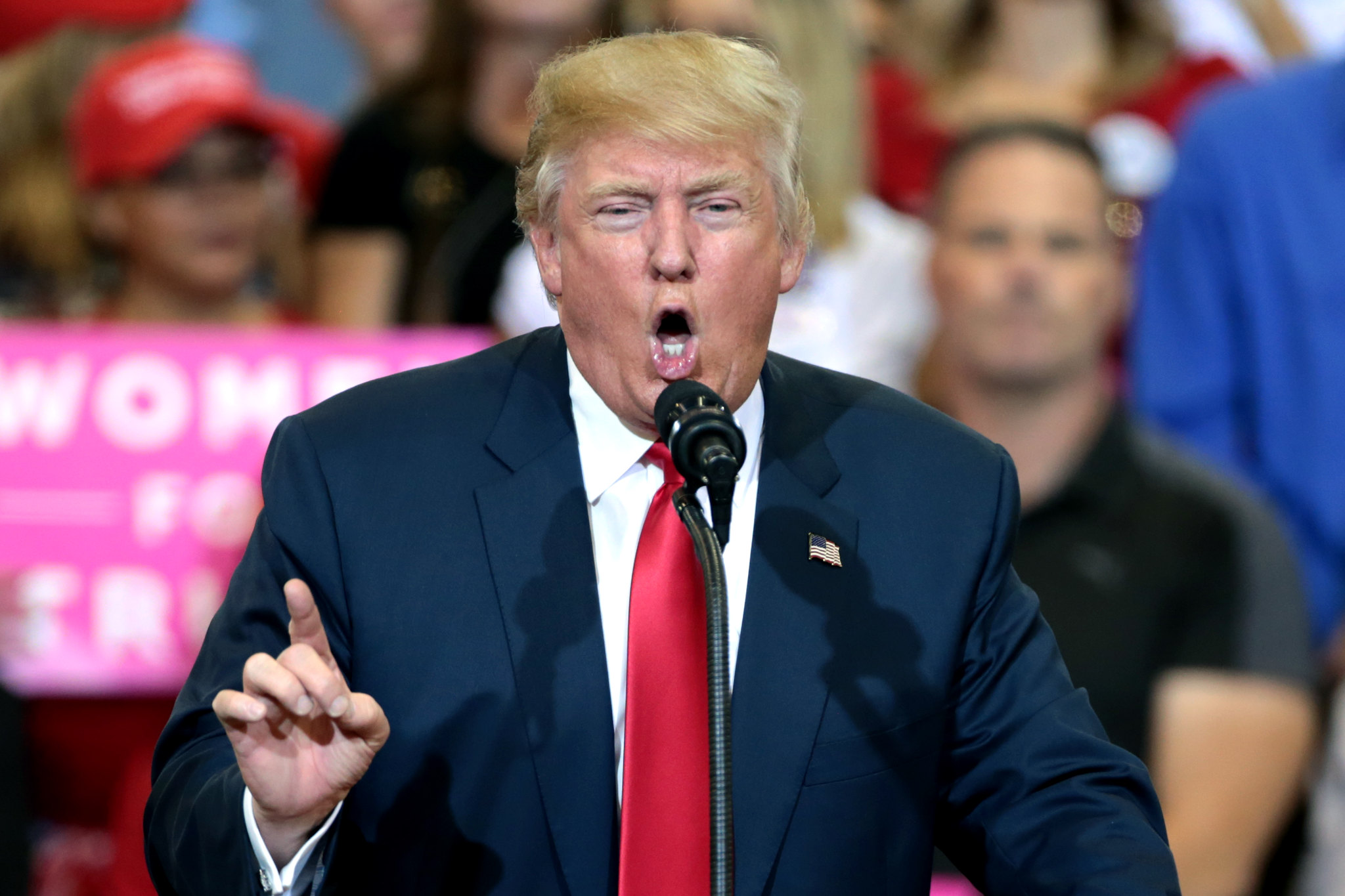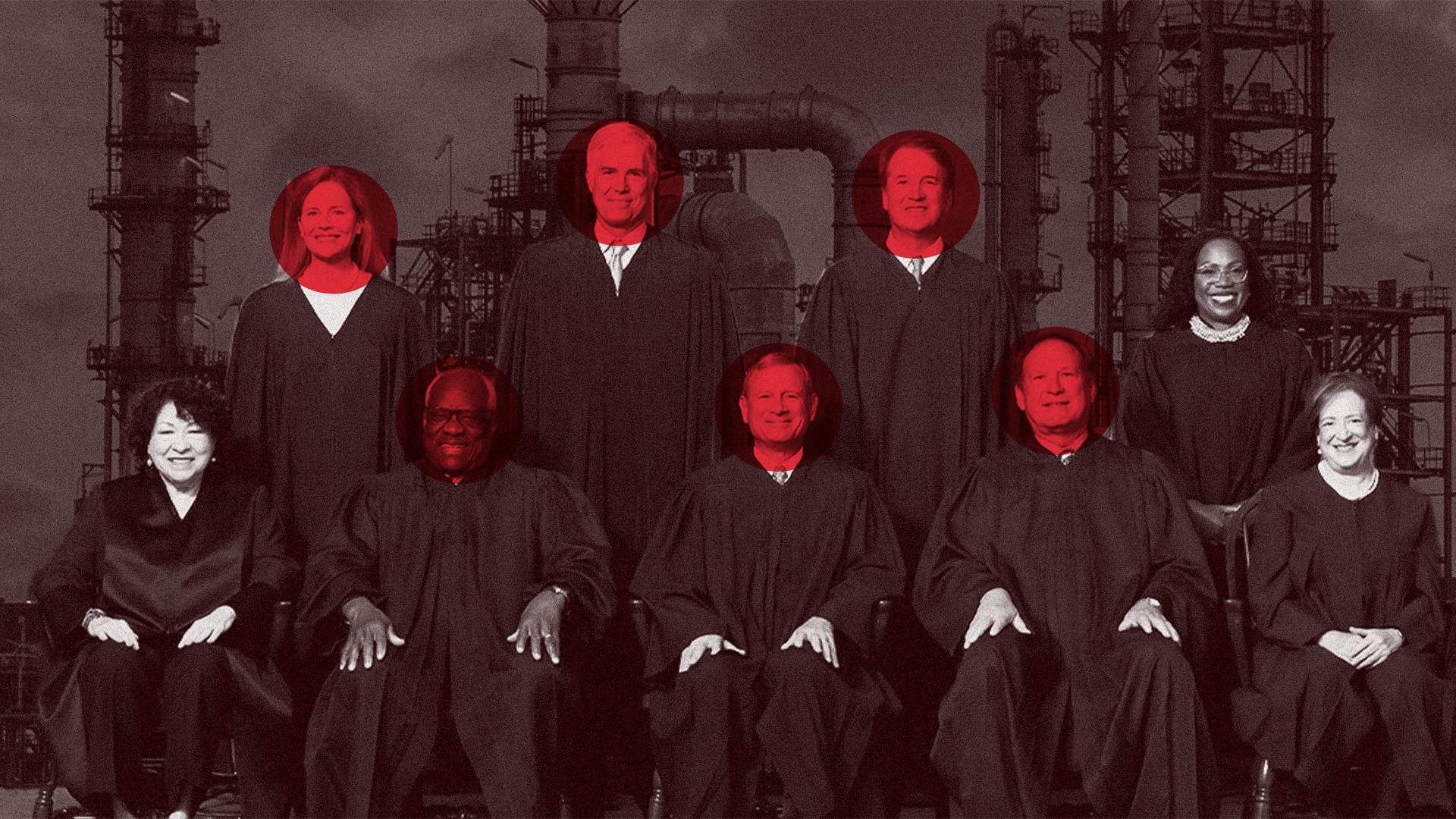The results of the elections this week were undoubtedly a setback for federal action on climate change, with the election of Donald Trump and the U.S. Senate flipping. At the same time, the election showed that Americans want continued progress on clean energy at both the national and the state level.
A Fox News national exit poll showed that 56 percent of Americans—including a sizable chunk of Trump voters—would prefer the federal government to prioritize investing in clean energy over fossil fuels. Just 43 percent of Americans prefer fossil fuel investment. Meanwhile, climate leaders continued to be elected at the state level, as Democrats elected new climate leaders in North Carolina and Washington and did not lose any governors’ offices.
It is also clear that voters continue to embrace clean energy and environmental protections. The climate side won at least six key initiatives, showing that voters support climate action when they can vote on it. On Tuesday, voters in Washington rejected Initiative 2117, ensuring that the future of Governor Jay Inslee’s landmark Climate Commitment Act is secure. Minnesota voters also approved Amendment 1 to extend the Environmental Trust Fund, which will preserve critical resources to protect water, air, and wildlife. Similar measures were approved in California, Colorado, Louisiana, and Rhode Island. This continues a pattern that has been on display all year, as initiatives that would have undermined progress in Michigan and Wisconsin were similarly defeated or failed to qualify for the ballot. And, polling from the battleground states conducted this year makes clear that most voters want their leaders to scale clean energy rapidly to lower costs, increase reliability, and create jobs.
At this pivotal inflection point, with the eyes of the world still on the United States, it’s essential that states act aggressively to both counter the new administration and deepen their own climate leadership. Clean energy is creating jobs and lowering costs across America—and it remains a huge economic opportunity for states to bring in new investment. The market is driving clean energy investment and states will benefit from continuing to defend this economic opportunity.
It’s up to states to fight back against Trump’s climate denial and accelerate their own ambition. We don’t have a moment to lose.
The Playbook
States have repeatedly stepped up during federal administrations hostile to climate action and they will need to do so again. During the George W. Bush administration, Massachusetts led a coalition that included 11 other states in bringing litigation against the EPA, culminating in a landmark ruling that eventually required the federal government to regulate carbon pollution from the power sector. During the first Trump administration, states forged ahead with ambitious policies that eventually ended up forming the playbook for the Inflation Reduction Act (IRA).
Going forward, states retain significant control over the economic sectors driving climate change. With respect to the power sector, states regulate electric utilities through Public Utility Commissions and regulate power plant pollution through their own laws and delegated federal authority. States and regional planning bodies also have the largest say over federal transportation infrastructure spending. State and local governments set building codes, not the federal government. Finally, states also engage in hands-on economic development, write the energy strategy most applicable to their region, and exercise day-to-day implementation of environmental standards.
Here’s how states can lead in the coming Trump term:
- Legal Defense: State-led litigation will be a central pillar of defeating Trump’s anti-climate efforts. In the last Trump term, California and other states’ Attorneys General brought over 70 climate and environmental lawsuits against the federal government and prevailed in more than half of those cases.
- Policy: During the first Trump term, the number of states committed to 100 percent clean energy grew to more than 20. California brought together the auto industry to continue progress in cutting pollution despite attempted federal rollbacks, and states across the country joined in this effort. States like New York and Washington enacted economy-wide laws, the Climate Leadership and Community Protection Act and the Climate Commitment Act, respectively.
In this term, Michigan and Minnesota will keep working to reach their new 100 percent clean energy goals. New York and Washington have recently begun implementing their economy-wide carbon reduction laws. It’s vital this implementation work continues and advocates must prepare to defend these gains against any attempted rollbacks. With respect to clean transportation, a significant number of states have adopted California clean vehicle rules under section 177 of the Clean Air Act. They must continue their efforts aggressively, and more states should follow suit. Those states will need to adopt the full suite of complementary policies to advance clean transportation, including infrastructure planning, incentives, supportive labor, and grid policies. - Investments in Jobs and Justice: As part of their climate initiatives, states like California and New York began requiring a minimum allocation of 35 percent of program benefits for environmental justice communities. These policies, in turn, helped shape the Biden-Harris Justice40 initiative. Similarly, states like Washington included strong labor standards in their climate legislation, informing the labor provisions in the Inflation Reduction Act. States have also led the way in reducing the burden of pollution on historically impacted communities, through laws like New Jersey’s cumulative impacts permitting reform. This effort to directly support the most vulnerable communities through targeted pollution reduction and investments must continue to be led by states during the Trump administration.
Over the last several years, states forged an unprecedented partnership with the Biden-Harris Administration, leveraging historic federal investments to cut pollution, create jobs, and lower costs for consumers, all while building state capacity to do even more. This effort included funding deployed to states directly, like the Climate Pollution Reduction Grants, as well as technical assistance efforts to support environmental justice communities, schools, and clean energy businesses in accessing these opportunities. Governors now must be at the tip of the spear to protect this progress. These state executives are uniquely poised to tell the story of the local benefits the Infrastructure Investment and Jobs Act (IIJA) and IRA have delivered to their communities, like billions of dollars of investment in new manufacturing plants and tens of thousands of new high-quality clean energy jobs. For example, Michigan has already benefited from over $26 billion in clean energy investments and projects. We’ve already seen that Congressional Republicans oppose repealing the IRA because of its benefits. Governors can lead the coalition that will need to act quickly to tout the importance of clean energy investments for creating jobs and lowering costs in their states.
States and local government leaders will be the essential line of defense against attacks on clean energy and climate progress. States can keep deploying historic climate investments in the IRA while aggressively defending them in the media and on Capitol Hill to ensure they remain law. States have also ramped up the ambition of their own policies and now it’s even more vital that these efforts accelerate in the wake of this week’s election.
States and subnational governments then will be a central battleground in the fight against climate change over the next four years. And states and communities across the country are already realizing tangible benefits, with more than $90 billion in funds already awarded, making an attempt to repeal the law or rescind funds politically fraught. In fact, we’ve already seen Republican governors embrace the clean manufacturing boom that’s landed in their states as a result of these investments. Put simply: A state-led campaign to protect federal progress while accelerating state-level action is essential to give us a fighting chance of hitting our climate targets, while signaling to the international community that the United States is still in the fight.
In 2016, the country was collectively shocked by the first Trump win. Now, we have a roadmap from those years that we can follow to have our best shot at securing continued reductions in climate pollution. The U.S. Climate Alliance, established in 2017 to respond to Trump’s misguided withdrawal from the Paris Agreement, has now established itself as an enormously successful convener and mobilizer of states during both a hostile and supportive federal administration. The Alliance, alongside a slew of other subnational coalitions, is poised to play an even more essential role during this second Trump term.
IRA Implementation Tools for States and Communities Must Be Protected and Deployed
The Biden-Harris Administration has largely allocated discretionary grant funding to states provided by the IIJA and IRA, and states can carry the baton to maximize the benefits of these programs on the ground. Additionally, some of the most powerful tools at states’ disposal are direct support for planning efforts, as well as recurring tax credits and financing:
- Clean Energy Tax Credits, including Direct Pay (also known as Elective Pay)
- Climate Pollution Reduction Grant Implementation Awards and continued support to develop new Comprehensive Climate Plans
- Financing support for state-supported clean energy projects from the DOE’s Loan Program Office
- Greenhouse Gas Reduction Fund capital support for state and local green banks
The Path Forward
We’ve seen what is possible when state leaders embrace the urgency of climate action. Over the last two years, just as one example of many, state leaders passed 100 percent clean electricity standards and essential siting reforms in both Minnesota and Michigan, creating new jobs and lowering energy costs for residents and businesses alike.
State leaders will need to walk and chew gum at the same time, aggressively holding the Trump administration accountable, implementing their existing policies, and accelerating their ambition by developing new initiatives to secure reductions in climate pollution, create clean energy jobs, and lower energy costs.
Their commitment is essential to preserving the leadership of the United States in the climate fight and building the prosperous and inclusive clean energy future we know is still possible.




